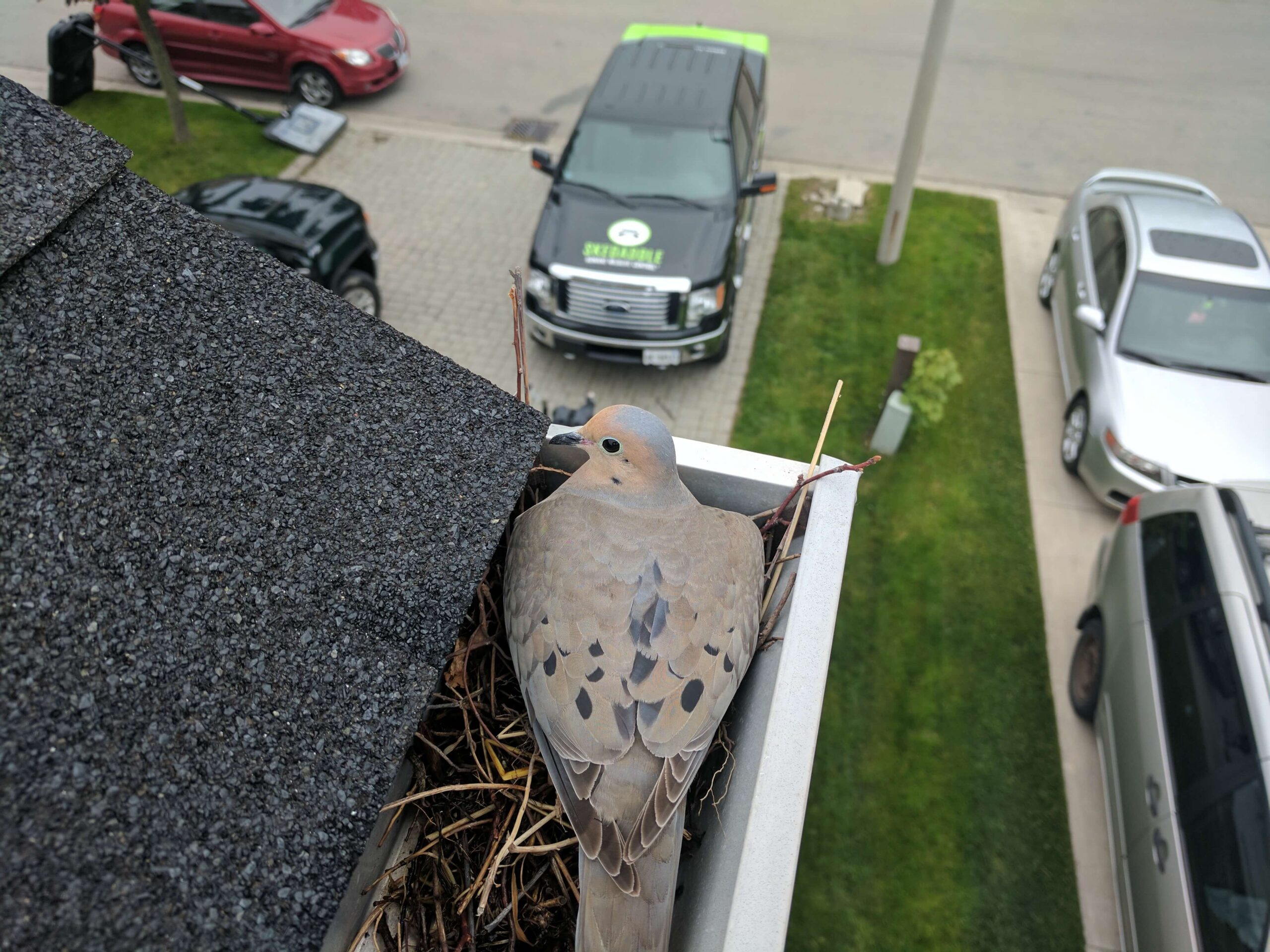Spring is an exciting time of year when plants and animals spring back to life. Color and activity return to nature as the ground thaws and the cold weather retreats farther north. Backyard birdwatchers look forward to the arrival of their summer feathered friends returning from their winter vacation spots in the south. Upon their arrival, birds get busy building their nests and preparing to raise a family.
Observing the frenzy out your windows is a fun pastime, but when your yard guests decide to become houseguests, the fun ends. Birds that set up residence on or in your home are more than a nuisance. Their presence creates health and safety hazards that should not be ignored. If you discover that birds have moved into your home, seek the assistance of humane bird removal Madison experts who can safely return the houseguests to their natural habitat.
Where Do Birds Build Nests?
The obvious and simple answer is that birds build nests in trees, but their nesting preferences and behaviors are a bit more complex than that. In residential areas, some species take advantage of the protection our homes provide. Pigeons, starlings and sparrows are the three types that most often utilize our houses for their homes. They may set up residence in the crook of the gutter or inside the chimney. Exterior vent openings are another favorite location. If there is an opening to your attic that they can fit through, you can be sure that an individual, pair or group will eventually discover it and make their way inside.
Why Are Birds in Your Home Dangerous?
There are two types of threats that arise when you have houseguests of the feathered variety. The first is that the nests themselves often create safety hazards and may lead to structural damages. The risk of fire is significant when birds build their nests in fireplaces and heating vents. Even if they construct their nest in warmer weather, they don’t dismantle their homes when they’re finished or take them with them! Nests also clog gutters, which can lead to a roof leak and subsequent structural damages.
The second threat is human and pet health hazards. Birds host pathogens that can cause illness in people and their furry family members. The birds don’t transmit the diseases through direct contact. Instead, fungi, viruses and bacteria are released in bird droppings and become airborne. The microbes are then circulated through your home’s ventilation system. Common diseases associated with birds include:
- Salmonellosis
- Histoplasmosis
- Cryptococcus
- E. coli
- St. Louis encephalitis
- Candidiasis
Birds also carry parasites that may then end infesting your home. At the very least, these ectoparasites are a nuisance and difficult to get rid of once they’ve established themselves. However, at least two-thirds of the potential invaders pose a health risk.
What Should You Do When You Have Bird Houseguests?
You should be able to enjoy watching the birds in your backyard, but the wild varieties do not belong in your home. If you hear the flutter of wings or chirping and cooing in the attic or chimney, it is time to call for help. Likewise, it is important to regularly inspect gutters and vents for signs of nests. Humane bird removal Madison requires knowledge of birds’ life cycles and specialized handling techniques. Safety measures are needed when cleaning up their messes. We do not recommend homeowners attempt to remove birds themselves. Instead, they should call in professionals who can take care of the issue safely and humanely.
Who Can You Call for Help?
Skedaddle’s technicians understand bird behavior and biology. They are trained in safe removal techniques and will ensure the birds, eggs, and chicks are kept safe in the process. Following removal, they take care of the cleanup, so you don’t risk exposure to dangerous pathogens. If you have a bird nesting on or in your home, contact Skedaddle to set up services.



